|
This year, Paddington added Art, Music and Science specials to our curriculum. Each classroom has specials twice per week and the teachers are in the classroom for a three week rotation. Having a three week rotation allows for a deep dive into each area of exploration. Here's a little more on our first semester of specials. ART // Miss Amy My biggest priority is and will continue to be encouraging a love of imagining, exploring, and creating with children at Paddington. Making art should be freeing, expressive, and most importantly, fun! Focusing on the process rather than the product fosters children’s confidence to try first and see what happens. We’ve experimented with a variety of mediums and have learned about different elements of art along the way: line, shape, color, form, and texture. I believe that everyone is an artist if they want to be, regardless of age, knowledge, or ability. We will continue to create masterpieces, let our imaginations run wild, and play as we express ourselves together. Stay tuned for what we create next!
MUSIC // Miss Linda Let’s make some noise! Exploring rhythm and volume using a variety of instruments, we are now confidently playing some improvised tunes for each other. We’ve explored the xylophone, metallophone, maracas, drums, and rhythm sticks so far… It’s been energizing to play along to Queen’s “We will rock you”, Harry Bellafonte’s “Jump in the Line”, and Michael Viner’s “Bongolia”. As we delve deeper into our musical journey, we will add comparative and opposite language (piano vs forte, andante vs allegro). If you are interested in learning more about Paddington you can find more on our curriculum here. Virtual tours are happening now for the 2022-23 school year. The application deadline is February 25. You can learn more about the admission process here or schedule a virtual tour.
1 Comment
Paddington Station recently purchased a plethora of new books, tools, and sensory materials for social-emotional learning! These materials will be shared by all classrooms at Paddington Station in order to promote positive social-emotional growth in students. This is by no means an exhaustive list, as we are always adding new resources in hopes of acquiring more tools in the future. Last week, we hosted an S.E.L. "Resource Fair" in the foyer. Upon arrival at school, teachers were able to view and interact with all the new materials in order to learn more about their application in the classroom. These materials are now available for individual students and classroom to enjoy! We want to share this list of resources (links included) with you because social-emotional books and tools are great for use at home, too- you might want to purchase a few of these items for your own collection! Friendly reminder – all of these items are found on Amazon and you can choose Paddington Station as your Amazon Smile recipient. If you know of beneficial resources or books please comment below or email Ashley, Paddington Social Emotional Learning Ambassador, to share your ideas! 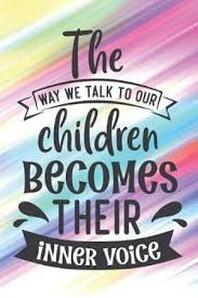 As Black Lives Matter protests continue across the country and the globe, many of us are grappling with our own questions on racism, white privilege, violence by police and how to do better moving forward. While we come face to face with our own biases and create our own voice for change as parents we are, in tandem, impacting and developing our child(ren)’s voice(s) as well. A popular phrase by Peggy O’Mara goes, “the way we talk to our children becomes their inner voice.” We must first become learners to then be their teachers. Using words and actions of kindness, inclusivity and empathy will guide our children to have inner voices that are kind, inclusive and empathetic. We have to show their eyes to see color, acknowledge it, appreciate differences and celebrate them. 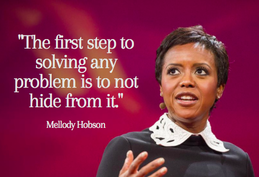 Mellody Hobson addresses this in her TED Talk ‘Color Blind or Color Brave’ (toward the end at minute 12:15). She shares how the words of her mother are still in her head and led her right where she is today – President and co-CEO of Ariel Investments. Hobson is one of the only Black, female CEO’s of the thousands of publicly traded companies. While her talk is not intended for children, and mostly focuses on racial issues in business, she is a clear reinforcement that our words, as parents and educators, are important driving forces for our next generation. So, if you haven’t already started talking to your children about race, now is the time! Children as young as six months begin to recognize differences in skin color and hair texture. Wherever you are in navigating these conversations, it may be uncomfortable. That’s to be expected. Questions on how to raise anti-racist children, how to talk to little ones about injustice and brutality without inciting anxiety and fear, etc. will arise. We hope you are able to find the resources, both here and otherwise, that best help guide your conversations and tune your listening ears. You are likely pondering where to start. As a play-based school, we encourage you to take a look around your environment to evaluate the toys, dolls and books your children are playing with. Do they have materials that represent different races and the broader world around them? After evaluating play materials (which are also great tools to aide in talks about race) we hope you'll check out our list of resources primarily for addressing these issues with the preschool and young elementary group. We hope you’ll dive in now, and also come back to these again and again as the journey continues. Some of these resources are for you, the parent, and some, like the read-alouds, are resources you can engage in with your child(ren). We also encourage you to check out Great Books for Children on our website, particularly those sections on ‘Being Different’, ‘Diversity’, ‘Empathy and Bullying’ and ‘Social Emotional’. We will continually add new titles. If you have a book title to share, please pass it along! Our Paddington staff and faculty will continue to listen and learn with you. We are dedicated to continuing this conversation. We encourage you to share your thoughts, ideas, examples of how your family is addressing these conversations and any additional resources you have found to be most beneficial. This journey toward an anti-racist future depends on us. Articles for Parents on Racism, Race and How to Talk to Children How to Talk to Kids about Racism, Racial Violence and Police Brutality Why we love this article: It helps answers questions you may have about WHY to talk to you kids, HOW to talk to them without giving them more anxiety about the current state of the world than they already have and WHAT to say if they are worried about their friends and other people of color. Talking to Preschoolers about Black Lives Matter Why we love this article: Tiffany, a teacher and parent of a preschooler, talks with her son T.C. about important terms first and then uses concepts he can relate to such as patterns. 7 Ways to Highlight Resistance Efforts When Discussing Oppression with Children Why we love this article: Step by step guide for discussions + ends with how to mindfully include White people and removing the “White Savior” role. Raising Race Concious Kids Why we love this site: This website is dedicated to just what it says and has a great blog, workshops, podcast and more! Newlon Elementary Anti-Racism and Harmony What we love about this site: A fellow Paddington parent shared this new page presented by Newlon Elementary. Psychology Benefits Why we love about this site: They have created an entire blog series on Talking to Children about Race and Ethnicity. Each post is a must read! Watch and Listen With Your Kids 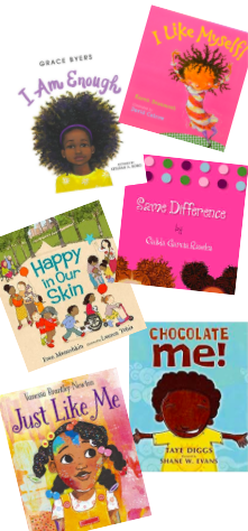 I Like Myself by Karen Beaumont Watch and Listen Buy a copy I Am Enough by Grace Byers Watch and Listen Buy a copy Same Difference by Calida Rawles Watch and Listen Buy a copy Happy in Our Skin by Fran Manushkin Watch and Listen Buy a copy Chocolate Me by Taye Diggs Watch and Listen Buy a copy Just Like Me by Vanessa Brantley-Newton Watch and Listen Buy a copy  Sesame Street Sesame Street: Whoopi’s Skin and Elmo’s Fur Sesame Street: Lupita Nyong’o Loves Her Skin Sesame Street Read-Aloud: We’re Different, We’re the Same Podcasts Talking Race with Young Children (NPR)
What we loved about this listen: They dive into issues of real families and how to help young children navigate racism and how to talk about the scary realities. How to Raise Anti-Racist Kids with Dr. Nzinga Harrison What we love about this listen: Dr. Nzinga Harrison lays out a 10-step plan for how to raise anti-racist kids and emphasizes throughout that this work start early! How to Talk About Race and Protests with Your Kids, Explained by a Child Psychologist What we love about this listen: They discuss the differences Black parents and White parents will have talking about the issues of racism and terms to use that preschoolers can relate to. Kelly is here to read "The Digger and the Flower", a fabulous book that celebrates springtime!
Librarian Kelly is here to read you "The Clever Stick"Kelly would love to share some great activities related to "The Clever Stick" - Kelly always has such great ideas of how to extend the learning at home.Science Teacher Wendy is also doing some activities involving sticks - today she is here to reach you all about bird's nests!Going on a Nest Hunt with Wendy Birds are out! Step outside your home nearly any time of the day and you can see birds flying overhead. Close your eyes and listen for their songs. There are so many types of birds in our area. See if you can tell the difference in color, size, sound of birdsong. Grab a parent and a camera and walk around your neighborhood. Look at trees, under roof tops, on porches, and count how many nests you can find. Some nests are small, some are large, some are way up high! Here are some photos I took just on my block. If you find a nest, keep checking on it. You may see baby birds one day! Be sure that you don’t try to touch a nest. You never know who may be sleeping in there! Things you can do to take care of the birds…
Kelly is here to read you the story "Hairy Maclary and Zachary Quack"Story time Activities “Hairy Maclary and Zachary Quack” By Lynley Dodd 1. Rhyming is a great way for children to learn about the sounds of language, it introduces emergent readers to word families and it is just plain fun. Look around your house for other rhyming books that you can read together. When you come to the end of a sentence have your child guess the rhyming word before you read it, then say both words together so they can hear the ending sounds. 2. At the beginning of the story Hairy Maclary didn’t want to play with Zachary Quack. By the end of the story the characters were definitely friends, how did that happen? Did Zachary Quack do something to help Hairy Maclary? Friends take good care of each other, maybe you can remember a time when you helped a friend or they helped you. If you like to draw you could draw a picture of that nice memory. 3. Zachary Quack is a very cute little duckling and he always reminds me of the song “The Five Little Ducks”. If you know the song you could teach it to your grown-up, if you don’t there are many examples you could look up online. Happy Singing! Kelly would also love to read you a story called "The Little Gardener" - check out those GORGEOUS illustrations!!!Kelly wants to share a super fun worm activity you can do at home! For those of you who are squeamish rest assured there are no *actual* worms involved in this activity!
The Science of Bread with WendyFirst - a science experiment with Wendy! Press play!!Storytime! The Little Red Hen with Wendy!A lesson in making bread at home - starring our favorite scientific chef, Wendy!Greetings Paddington friends! One way I have been using my time at home these days is baking fresh bread. There is nothing like having bread still warm from the oven, topped with salted butter. YUM!! It got me thinking a little more about how science is truly all around us in so many things we do around the house. I thought I would talk a little bit about the science of bread-making. I’ve been using a very simple process for bread making. The link to the full recipe is provided below. https://www.jennycancook.com/recipes/faster-no-knead-bread/ Let’s walk through the steps and talk a little bit about some of the science behind the yummy-ness. First, the flour: 3 CUPS OF ALL-PURPOSE FLOUR. I scoop it from the large container into my measuring cup, then I brush off the top bit to make sure the flour is level to the top of the measuring cup. Baking is a very precise science, and it is important to add the correct amounts of ingredients! I add the three cups to a large mixing bowl.
Let cool for at least 20 minutes and enjoy! When you slice into it, you should be able to see lots of tiny holes. Those yeast were busy!! The structure of the holes is maintained by the gluten in the flour. Gluten free breads required other ingredients to help the bread maintain the structure and show the tiny holes. Kelly is here to read "The Magic Hat" by Men Fox! Grab your own magic hat and enjoy a story with Kelly!An update on our butterflies - they have EMERGED!!!
Kelly is here today to read you the story, "You can do it, Bert!"Story time Activities you can do at home! “You Can Do It, Bert” by Ole Konnecke Challenge yourself to try something new! 1. Bert was trying something new, something he hadn’t done before. Is there something you could try today that you haven’t done before? Maybe try 30 jumping jacks in a row, or you could draw a bird like Bert, or maybe you could get dressed all by yourself :). Challenge yourself to try something new! Find birds in your neighborhood! 2. After I read the story I went outside to see if I could see any birds in the trees. I saw a robin, and a really big blackbird. If you go outside or look out of your windows do you see any birds? What kind of birds live in your neighborhood? Sing a song about birds! 3. Do you remember our Bird Song? Way up in the sky The little birds fly (flap your wings) Way down in the nest The little birds rest (pretend to sleep) With a wing on the left (flap your left wing) And a wing on the right (flap your right wing) The little birds sleep All through the night (SHHHHH) The bright sun comes up (make a sun over your head with your arms) The dew falls away “Good Morning Good Morning” (make your hands talk like a beak) The little birds say Kelly has another magical story for you to listen to - "The Most Wonderful Egg in the World!"Story Time Activities related to “The Most Wonderful Egg In The World” by Helme Heine 1. In the story Dotty, Stalky, and Plumy each laid an egg, and each egg was extraordinary and unique. Pretend that you are a chicken, Bok Bok, and lay an egg. What does your egg look like? Is it a colorful egg? Is it a small, medium, or large egg? You could even draw or paint your extraordinary egg! 2. In the story Plumy’s egg was not the usual egg shape - it was a cube. Go on a shape hunt around your house or yard and look for things that are in the shape of a cube. Does a cube resemble a square? How many squares can you see on a cube? 3. Presumably chickens came out of Dotty, Stalky, and Plumy’s eggs, but maybe not? what if the story continued and we got to see what hatched from the eggs? What do you think came out of Dotty’s perfect egg? What came out of Stalky’s very large egg? And finally what hatched from Plumy’s colorful cube shaped egg? I wish that I could hear all of your creative answers - you have the best imagination! On and Off with Wendy!Science Teacher Wendy is here to do a special activity based on a lesson she did at school a new weeks ago - "On and Off!" How many *safe* things can you find that turn on and off? Make sure a grownup is supervising this fun science activity!
Nea is here to read you the story, "Strictly No Elephants"Grab a snack and get cozy - Kelly and Pink Pig will be reading you a special book entitled, "Help!"Kelly would like to share an activity you can do at home related to the book, "Help" by Holly Keller!* After listening to the book “HELP” have a grown up cut out a triangle and two circles from scrap paper. See if you can make these shapes look like a mouse. You can even add eyes and a tail! * Make a batch of homemade play dough (recipe to follow) and roll it into little balls, after rolling little play dough balls place them on a table and roll them into little snakes. Your paper mouse and play dough snake can have a playdate! Play Dough Recipe Ingredients: 1 cup salt 3 cups water 3 cups flour 6 Tablespoons vegetable oil 4 Tablespoons cream of tartar coloring Recipe 1. Add 1 cup salt to large mixing bowl. 2. Boil 3 cups water then add to salt. 3. Stir for a few minutes until salt begins to dissolve. 4. Add coloring and stir. 5. Add oil. 6. Add cream of tartar and stir. 7. Add flour one cup at a time and stir. 8. Once it forms a dough - flour your work surface and knead until cool. * Play Dough can be finicky add flour if too sticky :) Caterpillar Update - Week 2 of growth!Hello to all! Our caterpillars have been very busy since we last checked on them. Check out the photos below and my comments to follow their progress. Day 7: The caterpillars have grown much bigger! You can really see the spikes/hairs that cover their bodies. There is one caterpillar that is walking on the lid of the cup. Wouldn’t it be fun to walk on the ceiling?? Day 8: Here is another view of the caterpillars. You can see what looks a little like spider webbing inside of the cup. The caterpillars make this silk webbing to protect themselves, as well as to stick to things. Day 9: The webbing makes it hard to see the caterpillars! Day 10: All the caterpillars are on the lid of the cup now. I think they may be ready to move into the next stage of their life cycle - the pupa stage where they will build their chrysalides! Day 11: Chrysalides are forming!! In this photo all caterpillars are hanging upside down. The one in the middle has already formed a chrysalis! You can still see the hairs of the other caterpillars, and the one in the middle looks smooth and has some spots down it’s length. Day 13: All caterpillars are in the pupa stage. Each one has built a chrysalis! Day 15: Here is a photo that shows each caterpillar chrysalis. The chrysalis is made of a tough “skin” that is underneath the hairy outer part of the caterpillar. You can see sections in the top part, and they remind me a little of the caterpillar body sections. The bottom part is smoother...this is where the wings are forming! They are attached to the lid with the silk webbing that we saw in the cup above. You can also see a small piece of the hairy outer part of the caterpillar near where each chrysalis is attached. This is the part that was shed from the caterpillar as it made it’s chrysalis. Once I captured a cool video of this happening, and I will try to upload it to this page as well. Now we just have to wait for the butterflies to emerge!! I’ll keep taking pictures and will show you when they come out!! Activities to do related to caterpillars and butterflies: 1.Make a 3/D caterpillar Craft supply ideas: Pom poms, balls of wadded up tissue paper, circles cut out from colored paper, egg cartons. Etc. Check out this website for Eric Carle inspired caterpillar crafts: https://www.thesprucecrafts.com/very-hungry-caterpillar-crafts-for-kids-4125556 2. Make a chrysalis: toilet paper roll, old sock, paper, etc. 3. Draw a picture of what you think the butterfly will look like when it comes out of the chrysalis. Have fun! Wendy Ladies and gentleman you are in for a TREAT - this special book was Deb's favorite childhood story! We hope you enjoy hearing "Caroline's Party"!It's caterpillar time! A Letter from Science Teacher WendyHello Paddington friends! Every spring we do a science unit on the life cycle of a butterfly using live caterpillars (ordered directly from InsectLore.com, or through Amazon). Most of us have read “The Very Hungry Caterpillar” by Eric Carle. There are many other wonderful books about butterflies including the following: “A Butterfly is Patient”, by Dianna Astone and Sylvia Long “Butterfly, Butterfly”, by Petr Horacek The scientific term for the changing of a caterpillar into a butterfly is metamorphosis. This insect has two completely different body forms! Another insect that is similar to a butterfly is a moth. Moth caterpillars follow the same life cycle, however instead of forming a chrysalis, they form a “cocoon”. These terms are often mixed up. Butterflies: Chrysalis, Moths: Cocoons. Our baby caterpillars arrived in a cup that contained all food the caterpillars will need. They will grow inside the cup over a 2 week period, then will crawl to the top and form their chrysalides. At that point, we will move the chrysalides to the butterfly tent and wait for our butterflies to emerge. Check out the National Geographic kids website for more great information and photos of the process of butterfly metamorphosis! Below are some photos of the progress of our caterpillars over the first week: Day 1: The caterpillars are about the size of a grain of rice. There are five caterpillars in the cup. Day 2: The caterpillars are very active, and they crawl around the cup a lot! They have grown just a little. Day 3:The caterpillars have almost doubled in size! You can see that they have lots of spikes, or hairs all over their bodies. Day 4: As they eat the food, the brown stuff changes a little. This could be waste products (or poop, for a better term🙂). You can also see what looks like tiny pieces of the caterpillar’s body. Like many other insects, caterpillars molt as they grow. THis means they shed their outer layers so their bodies can grow. Day 6: The caterpillars are getting even bigger! They like to crawl all over the cup. I will continue to take photos of their changes each day. Stay tuned for another posting! I miss you all, and I am excited to join some of your classroom Zoom meetings in the near future! Wendy Planting Zucchini Seeds with Wendy!Send us some pictures of your growing seeds!
|
AuthorBlog posts are samples of our classroom blogs which are available through password protection to all current families. Archives
January 2022
Categories |
Photos from Marco Verch (CC BY 2.0), quinn.anya, Dzejsenka, evenkolder, SurFeRGiRL30, Littlepixel™, verchmarco, tatianasolera, ianpreston
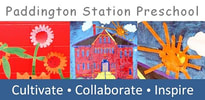

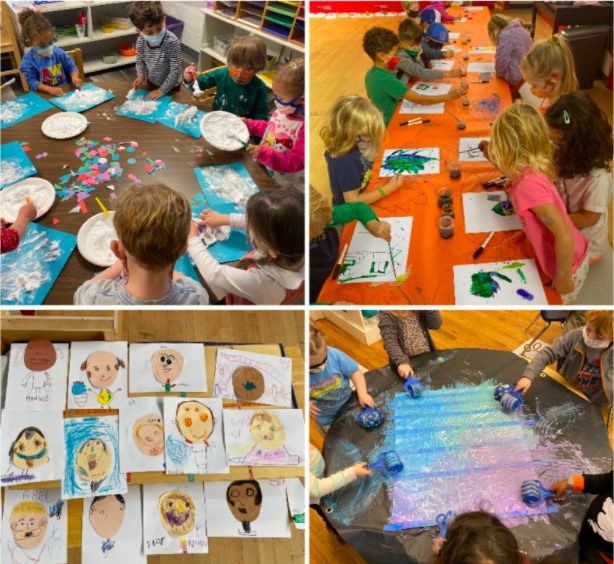
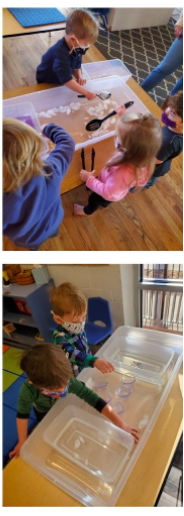
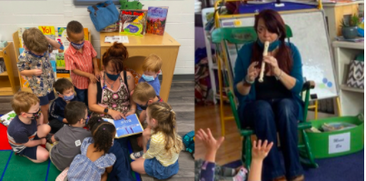
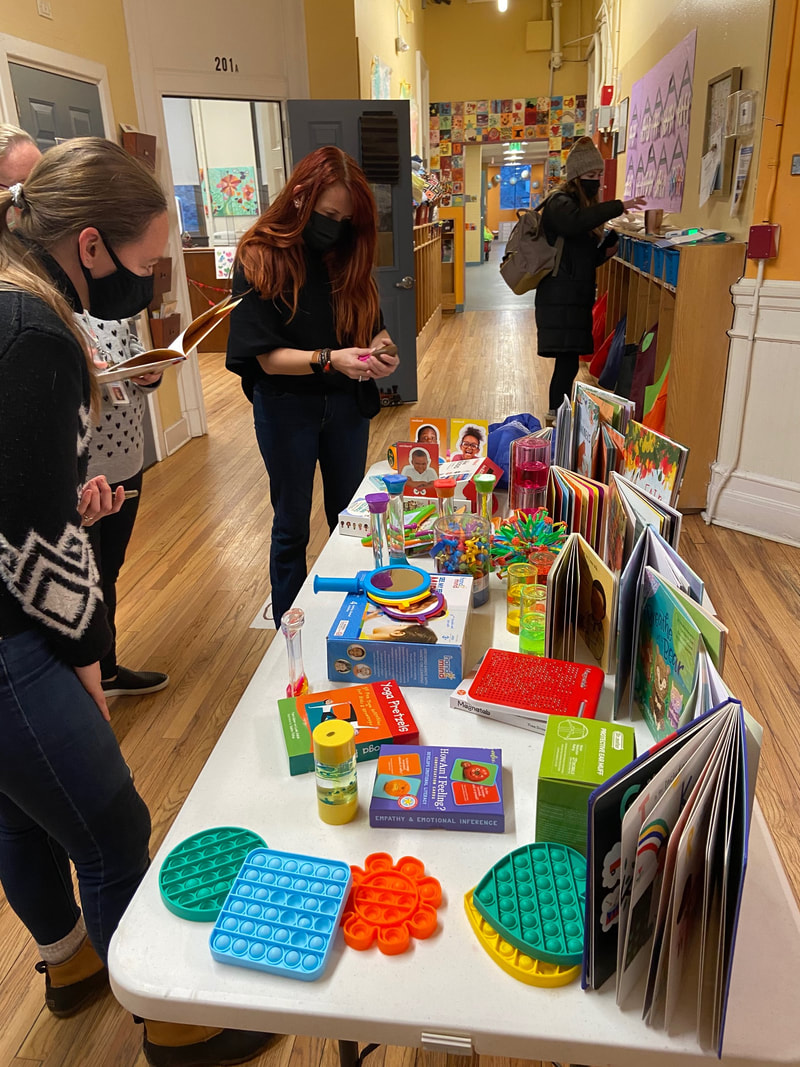
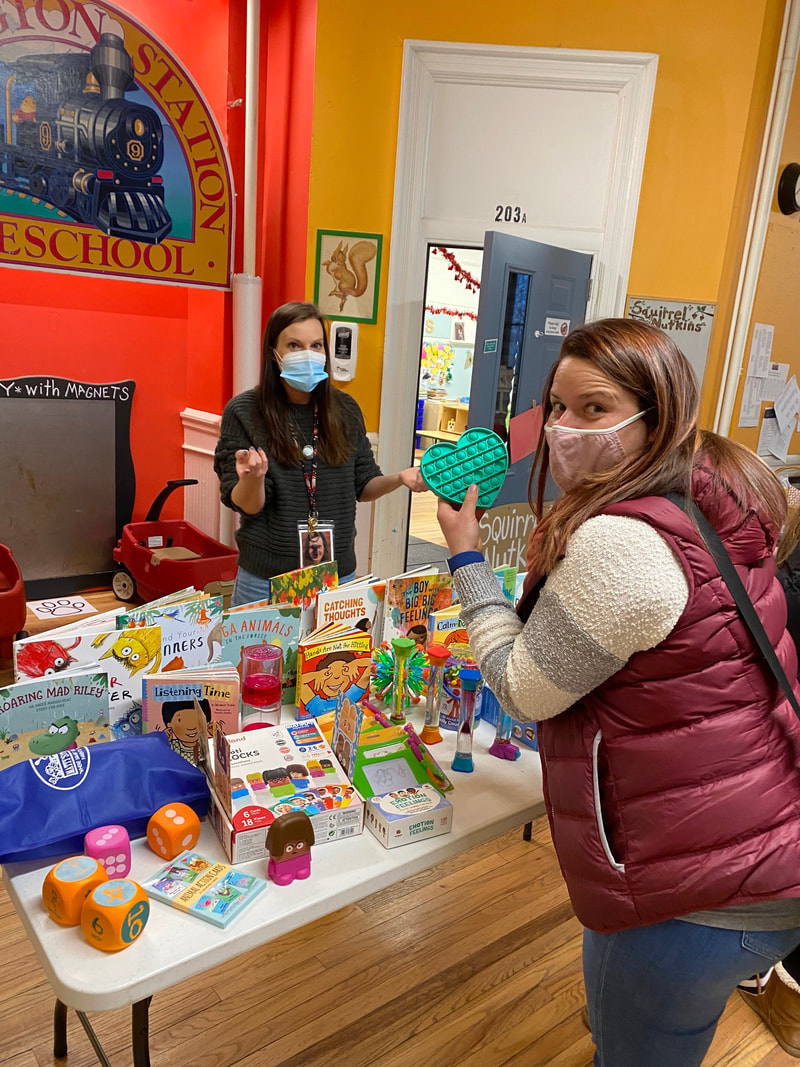
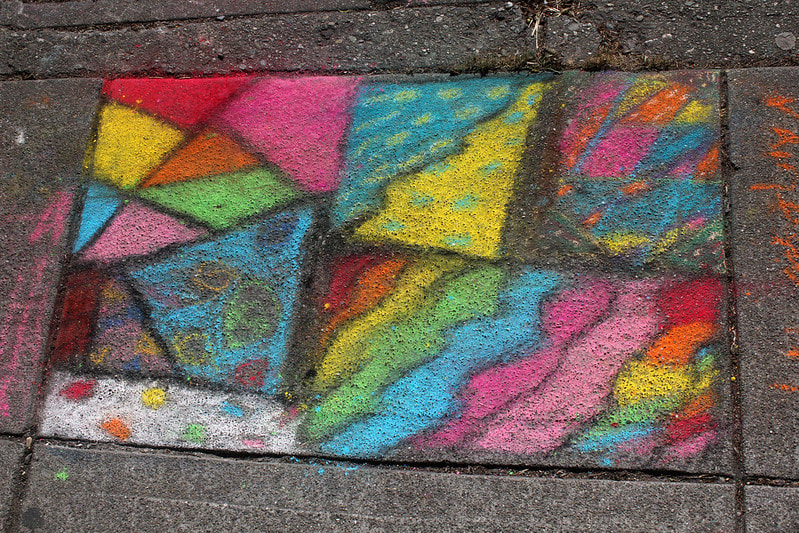
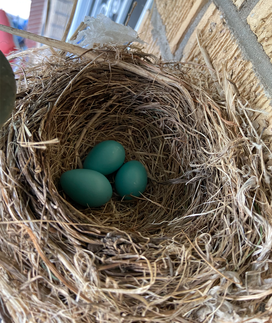
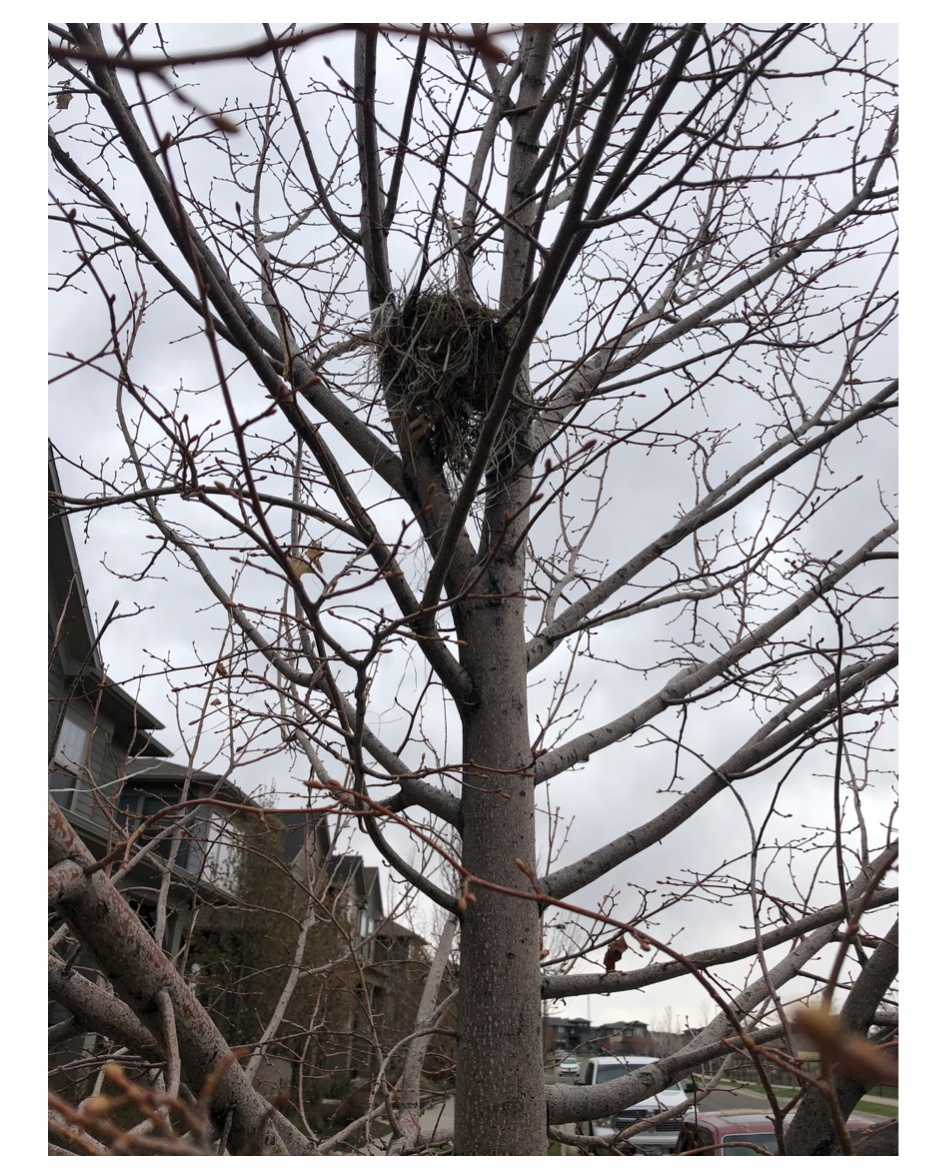
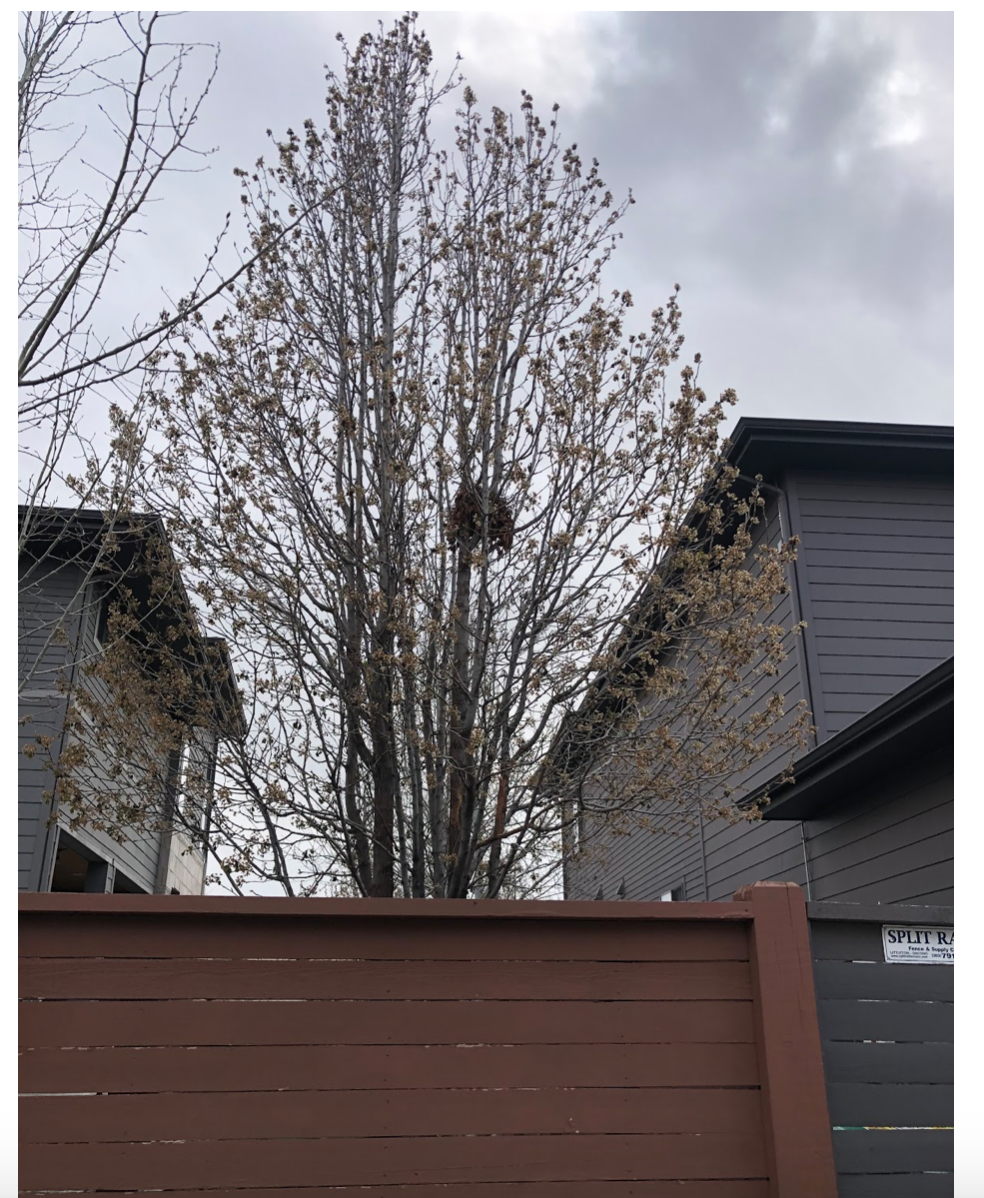
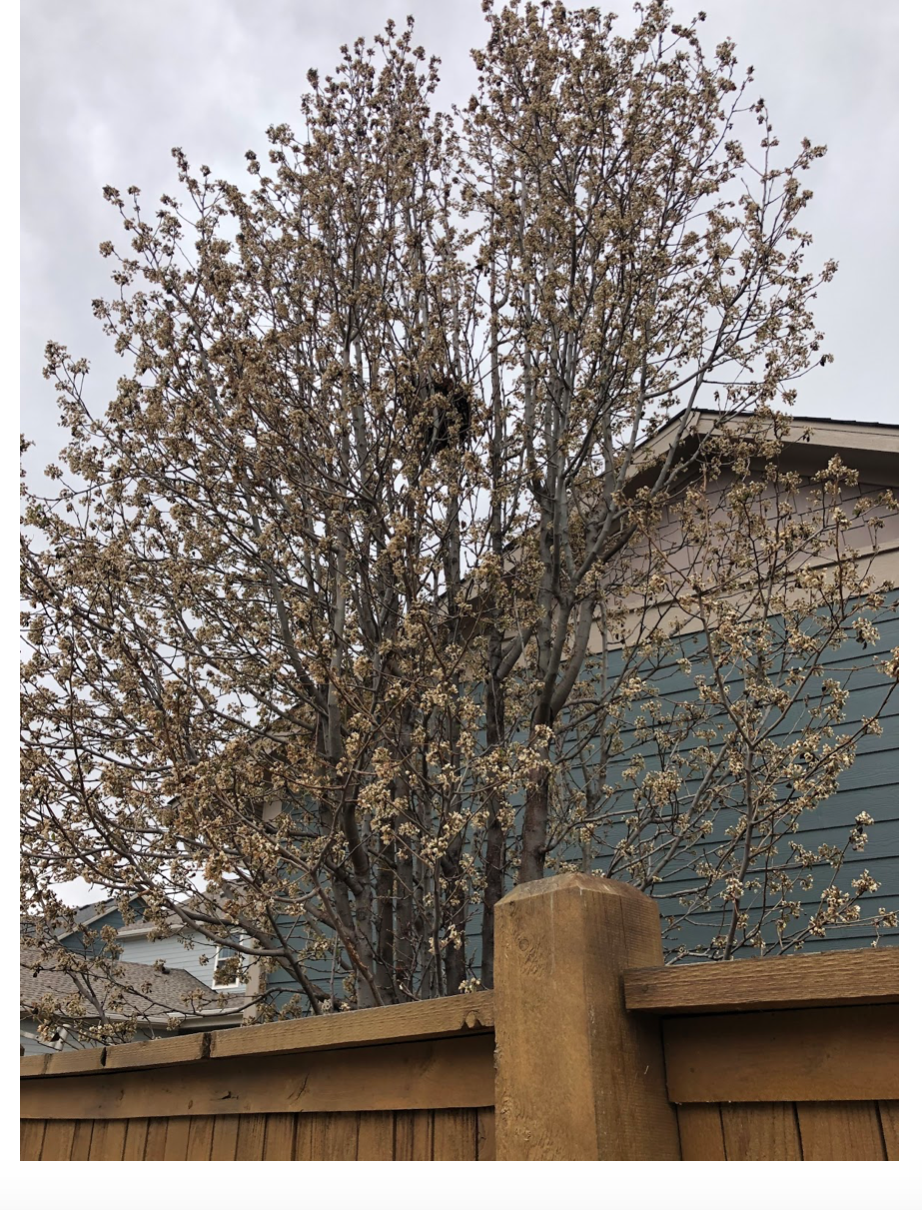
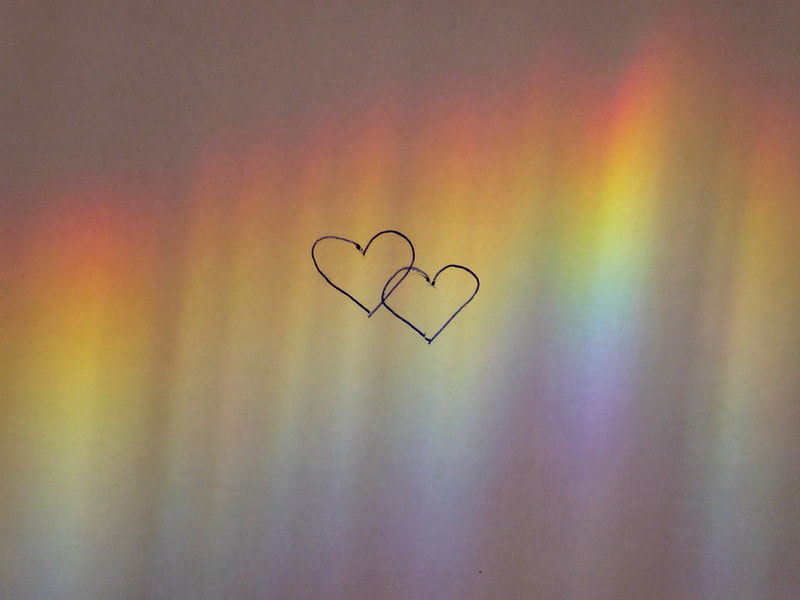
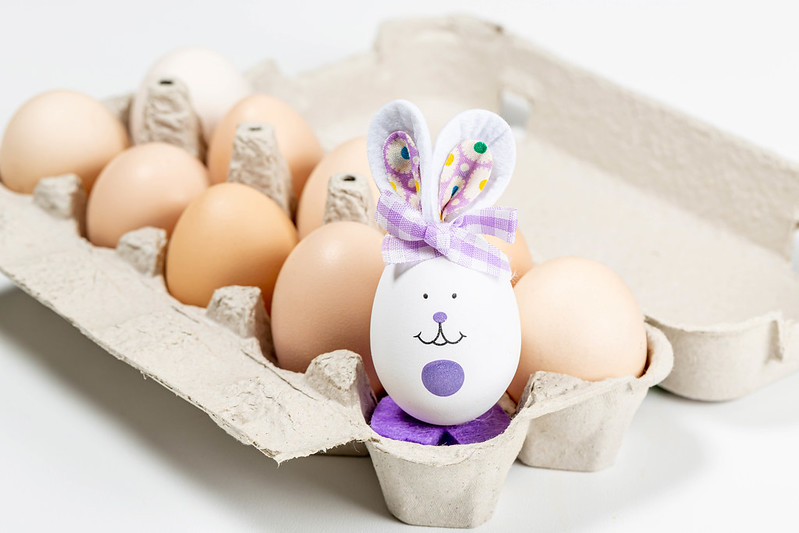

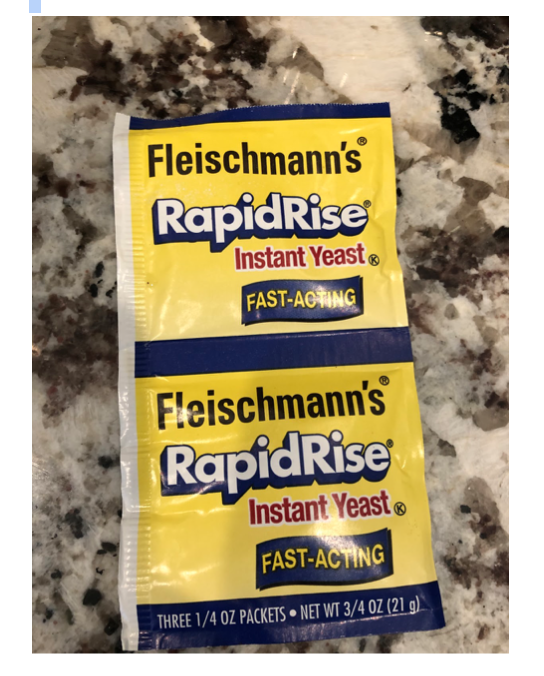
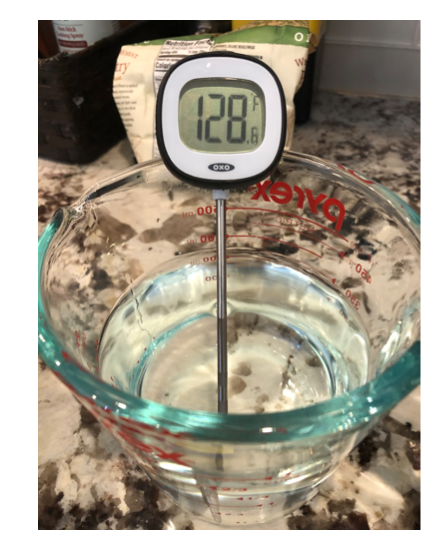
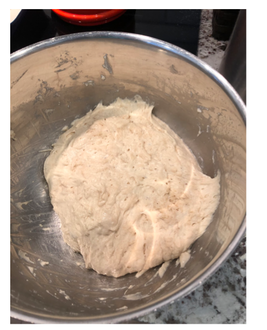
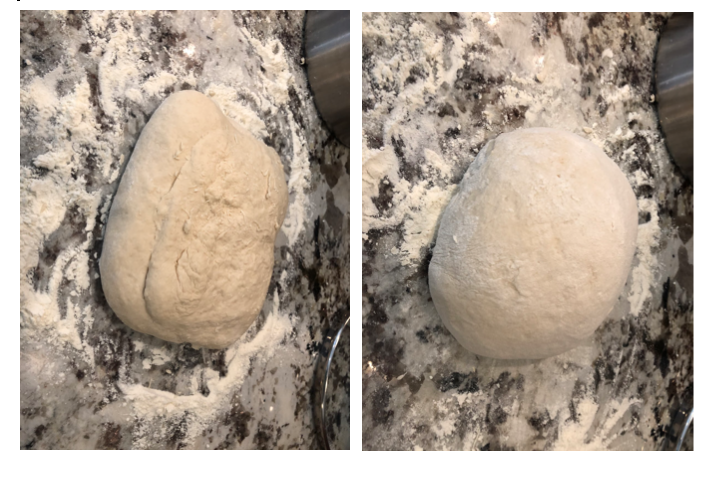
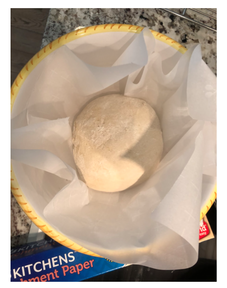
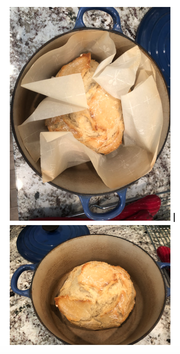
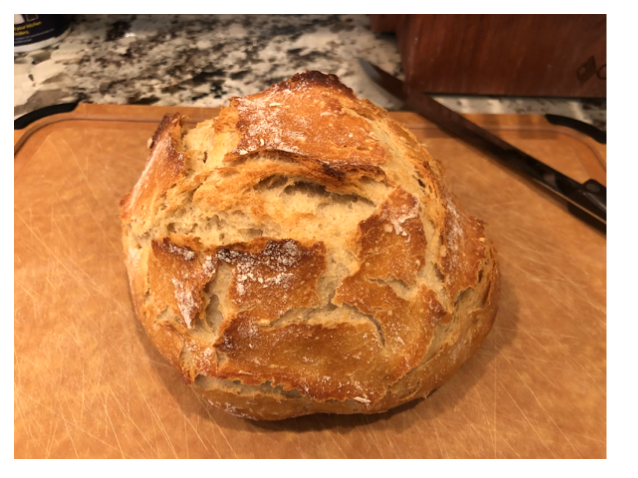
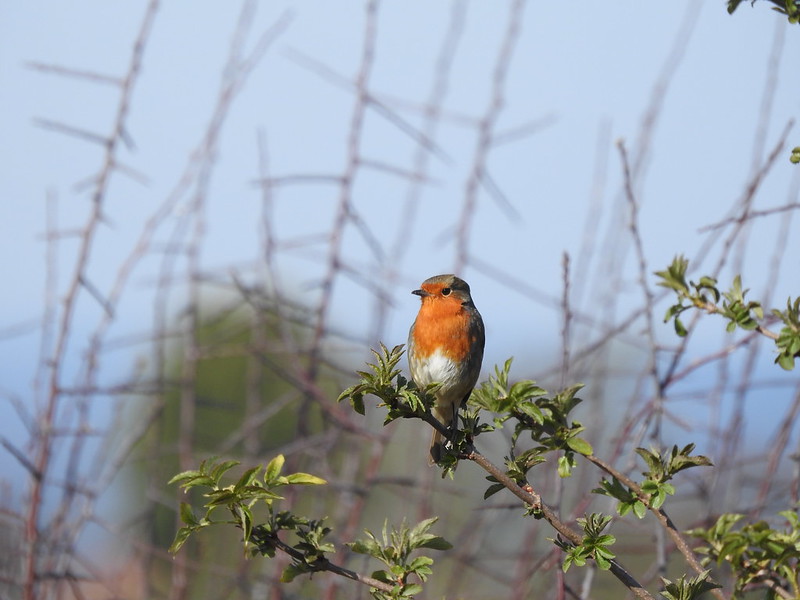
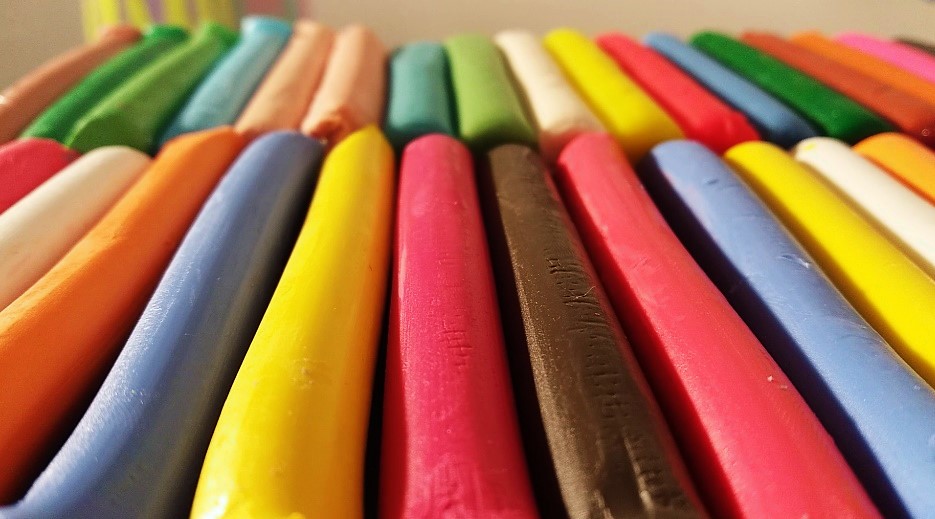
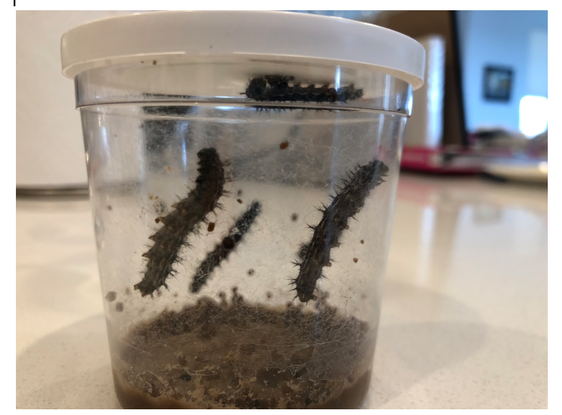
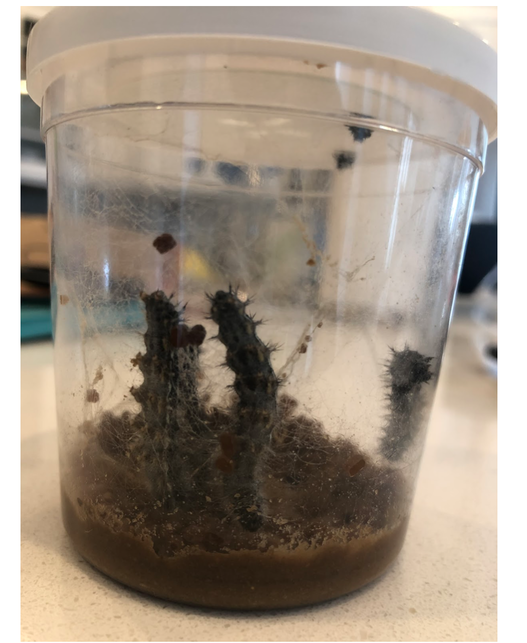
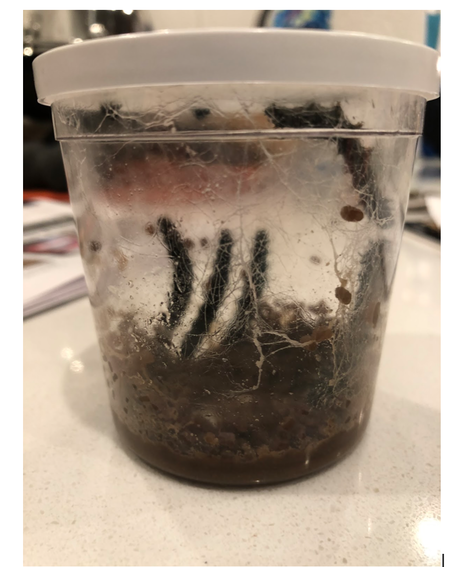
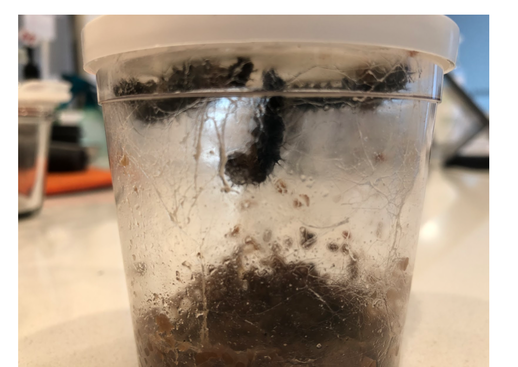
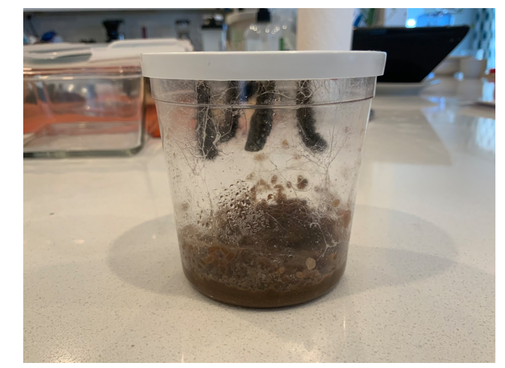
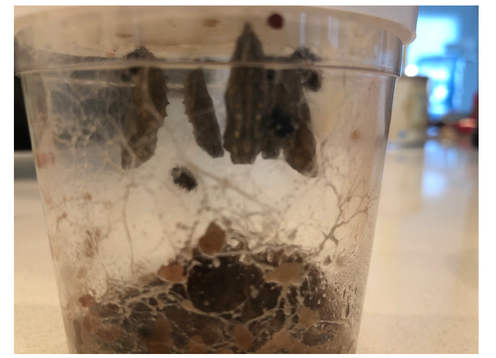
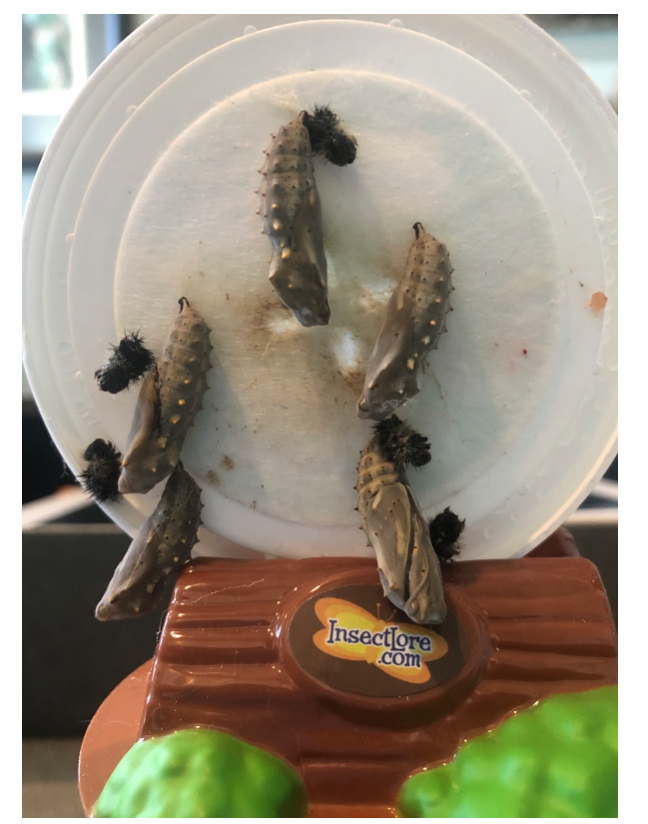
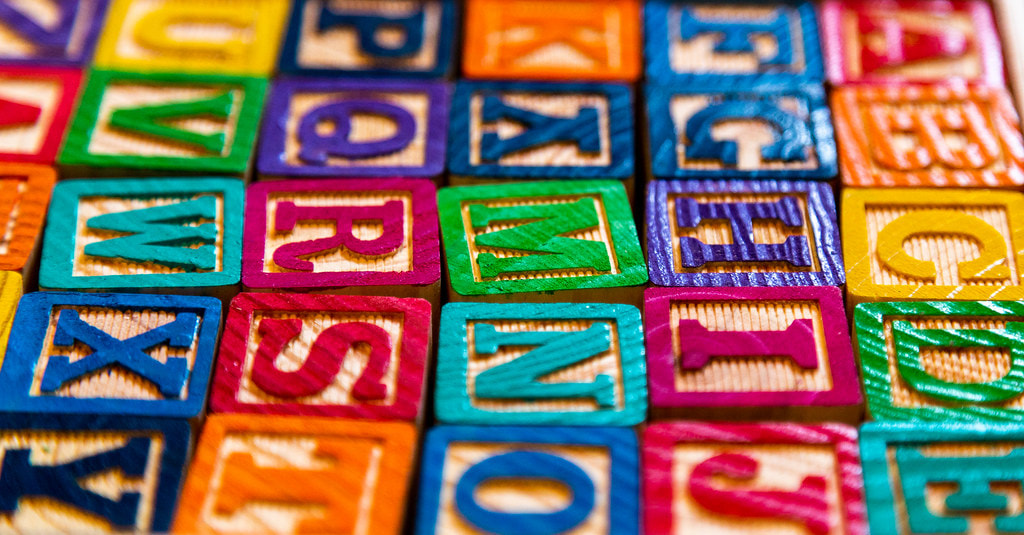
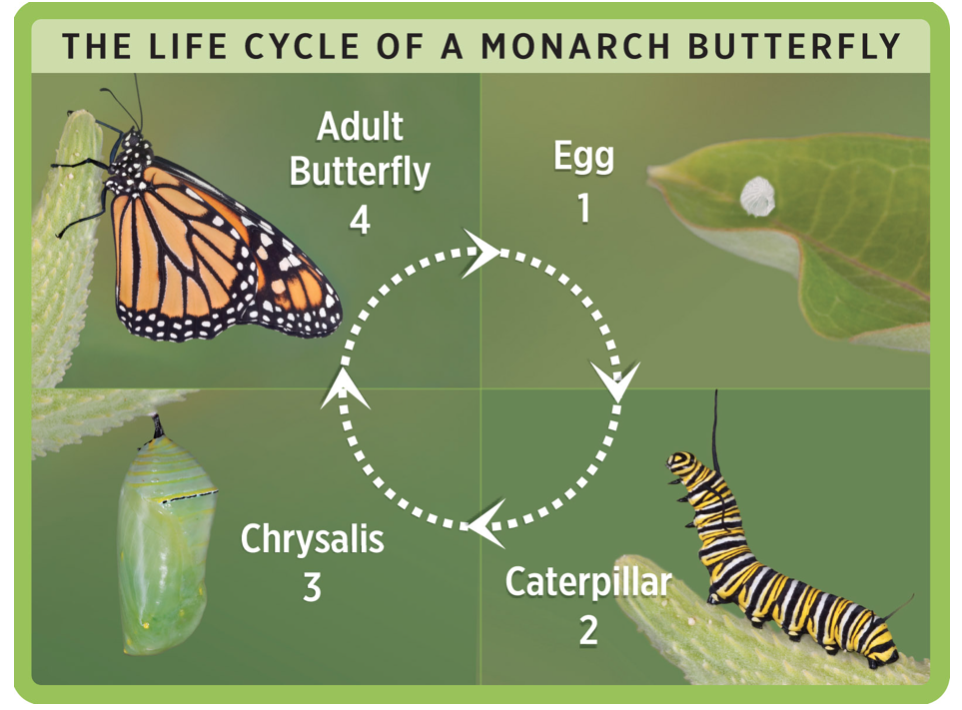
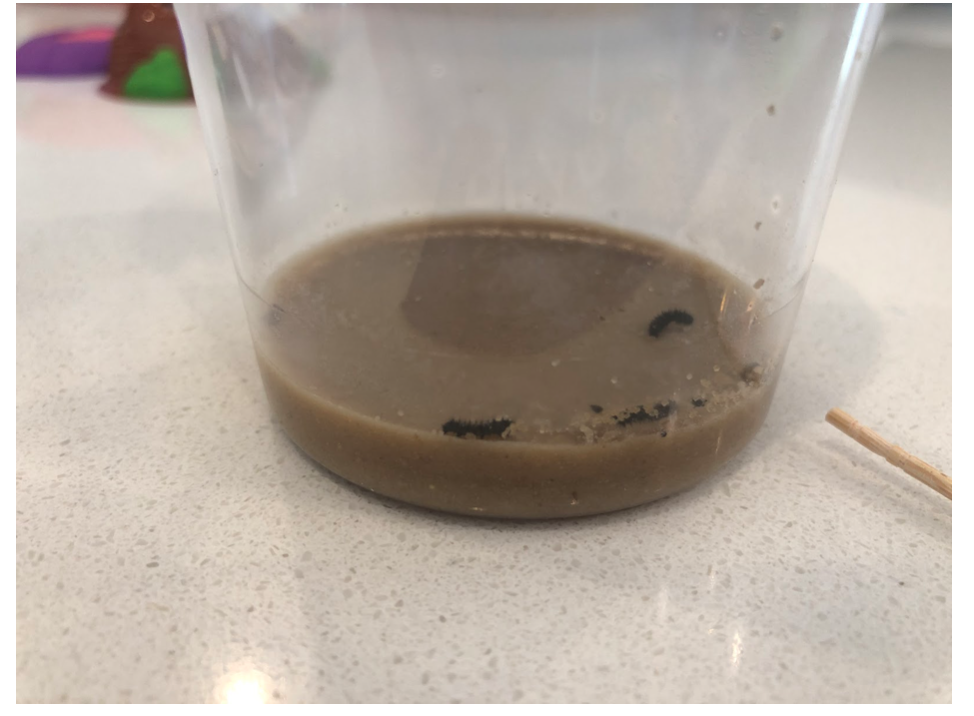
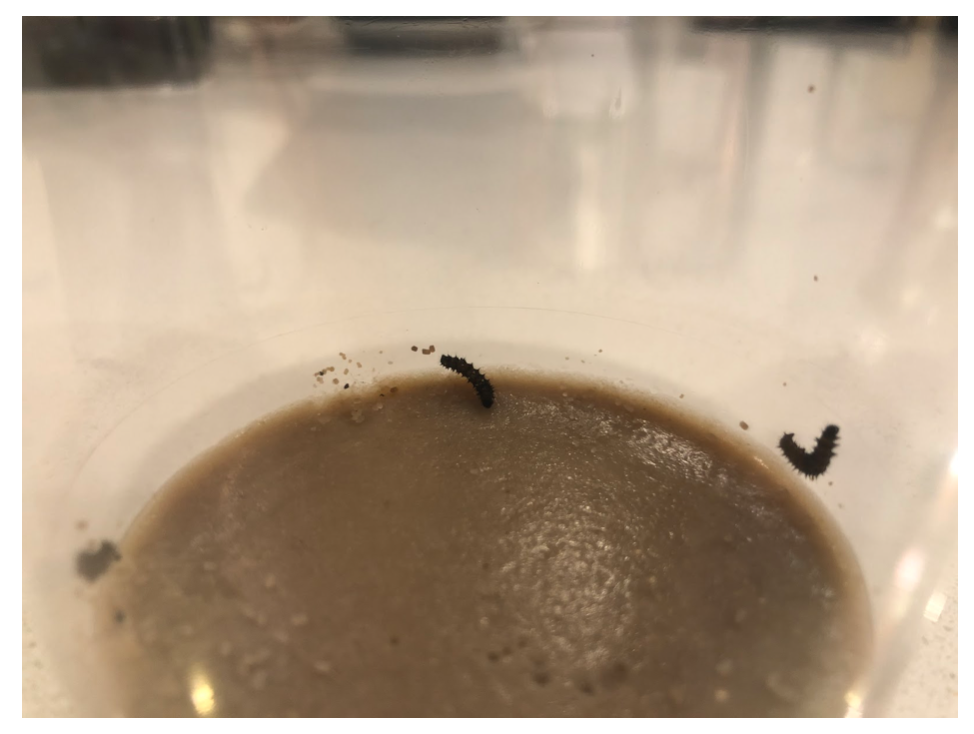
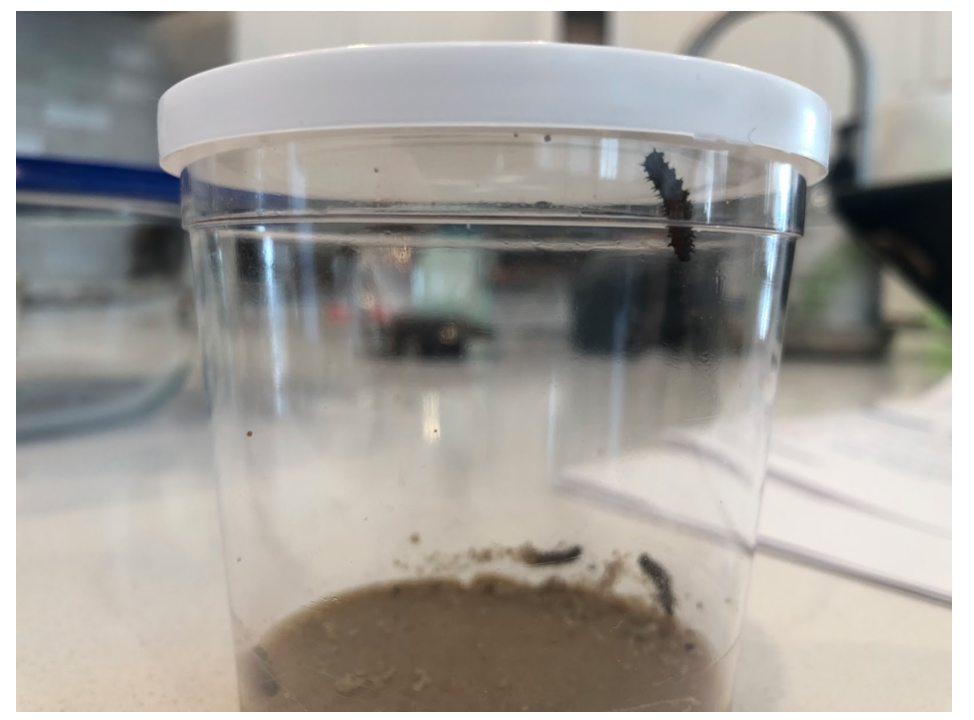

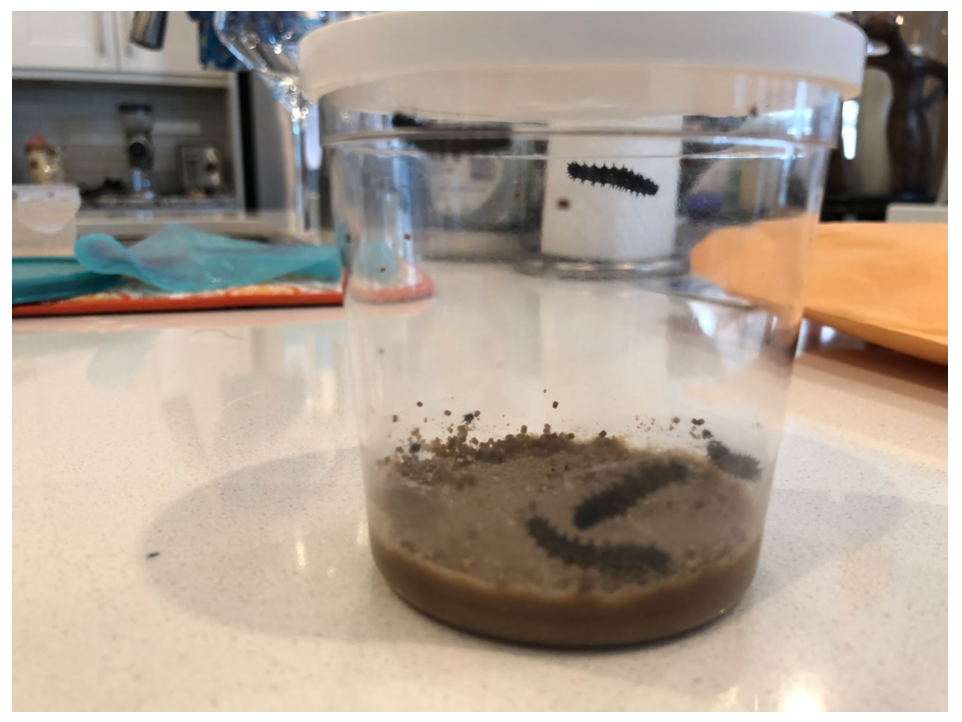
 RSS Feed
RSS Feed